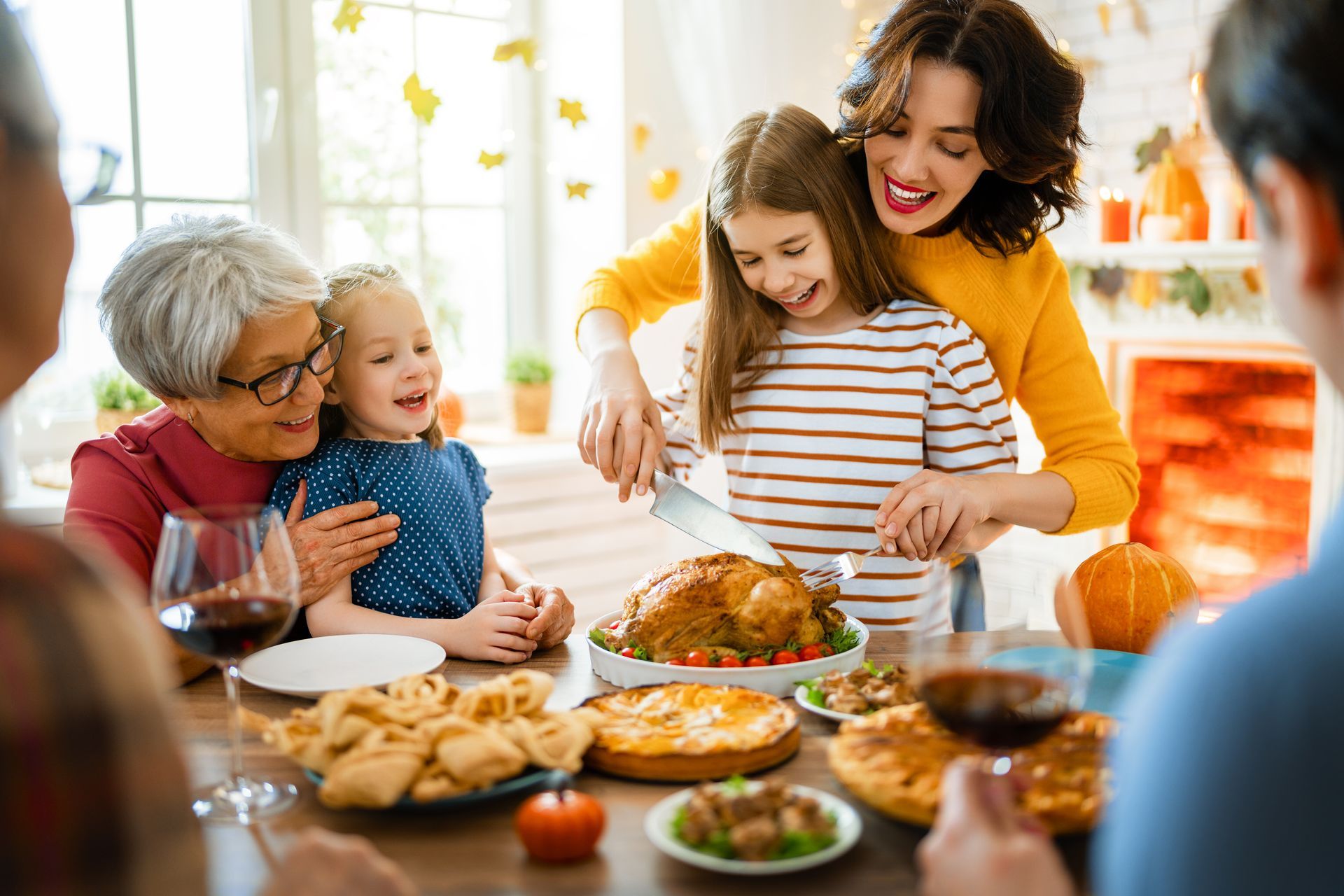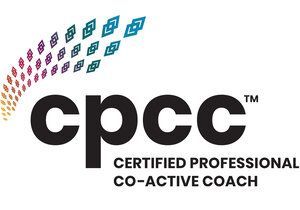How to Stop Using Alcohol to Cope with Anxiety

With a good chunk of last year on circuit breaker and with the sense of possible lockdown on the horizon, we wanted to offer some glimmer of hope for those who are traditionally dealing with the anxiety provoking times like now by turning to alcohol as a form of escape.
Covid and the new norm of working from home, without travel, has brought more tension and uncertainty for many households. Alcohol consumption significantly increased and existing domestic issues were compounded. Of course
alcohol abuse takes a toll on the entire family, not to mention serves the role of demonstrating an unhealthy approach to dealing with
stress. We are seeing a much greater impact on teens use of alcohol and this brings with it the obvious side effects: alcohol poisoning, vulnerability to harm of aggression. Some teens are unaware of the progressive nature of alcohol consumption and its potential to lead towards alcoholism.
At Counseling Perspective, each of the team have been trained in Cognitive Behavior Therapy (CBT) or Eye Movement Desensitization Reprocessing (EMDR) or / and have experience working with some form of compulsions. We can take a similar approach for compulsions including sex, gambling, etc.
Working with compulsions in a multi-sensory experience for both counselor and client; often rewarding and always challenging. Many who are abusing alcohol are unaware and minimizing the impact of their drinking habits on others.
We take the approach that in many cases there may be a psychological or psychosocial mechanism at play in compulsions. I often describe it like a coal train; the coal/fuel is motivating the escapism. The cars attached to the engine are moving from the momentum or habit that has been established. So the plan with counseling for potential compulsions is to stop the engine. Work towards removing the coal (the psychological trauma). Once we stop the engine, by taking out the motivation, then it’s just the momentum of the cars that need to be slowed down by applying the breaks. It doesn’t make sense to try and put on the breaks while the engine is still fired up and moving.
The engine can be stopped in many cases with a very simple and efficient treatment such as CBT or EMDR. We often only need a few sessions to see a person transform the way they see their traumatic history and their compulsions. Once the drive to drink is reduced, we offer guidance on how to stop the habit. We offer a path towards easy to access tools like mindfulness, urge surfing, and through CBT, or neurofeedback, we can teach the client how to retrain their brain patters, well-worn from a long history of anxiety and escapism. With additional support from neurofeedback and neurostimulation technology, we can offer client a way to see the benefits of retraining the impulses to find new healthy ways towards stopping the habit.
About the Author: Dr. Glenn Graves is an American psychologist who has lived and worked in Asia since 2004. The founder and director of Counseling Perspective, Glenn has nearly two decades of experience in providing counselling support to local and expatriate individuals, couples, and families in Singapore. His specialities include child counselling and trauma recovery. Read Full Bio >










